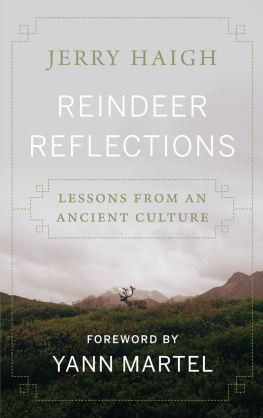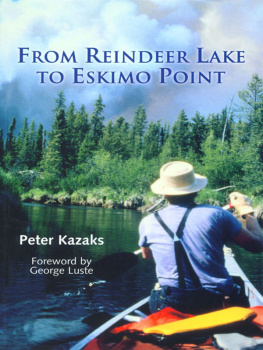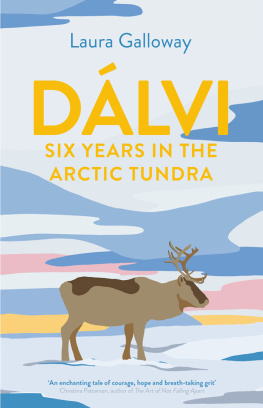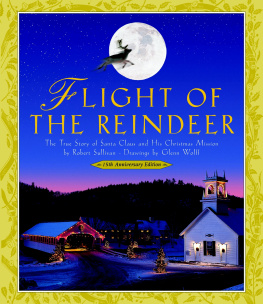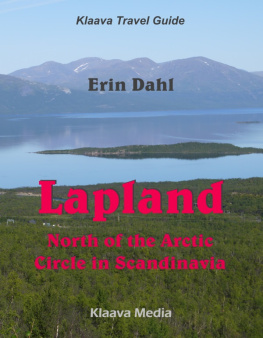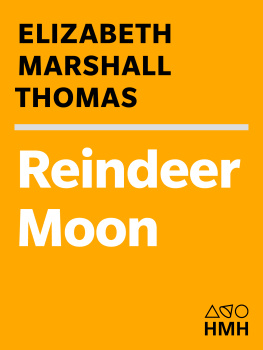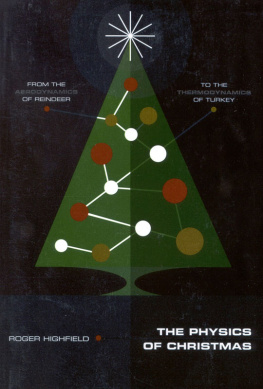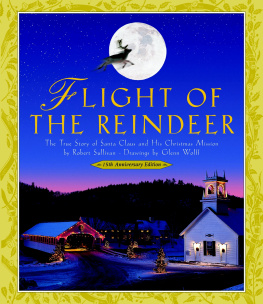Copyright 2021 by Jerry Haigh
Foreword copyright 2021 by Yann Martel
First Edition
For information on purchasing bulk quantities of this book, or to obtain media excerpts or invite the author to speak at an event, please visit rmbooks.com and select the Contact tab.
RMB | Rocky Mountain Books Ltd.
rmbooks.com
@rmbooks
facebook.com/rmbooks
Cataloguing data available from Library and Archives Canada
ISBN 9781771605151 (hardcover)
ISBN 9781771605168 (electronic)
All photographs are by Jerry Haigh unless otherwise noted.
Maps by Tayyab Ikram Shah, University of Saskatchewan.
Printed and bound in Canada
We would like to also take this opportunity to acknowledge the traditional territories upon which we live and work. In Calgary, Alberta, we acknowledge the Niitstapi (Blackfoot) and the people of the Treaty 7 region in Southern Alberta, which includes the Siksika, the Piikuni, the Kainai, the Tsuutina, and the Stoney Nakoda First Nations, including Chiniki, Bearpaw, and Wesley First Nations. The City of Calgary is also home to Mtis Nation of Alberta, Region III. In Victoria, British Columbia, we acknowledge the traditional territories of the Lkwungen (Esquimalt and Songhees), Malahat, Pacheedaht, Scianew, TSou-ke, and W SNE (Pauquachin, Tsartlip, Tsawout, Tseycum) peoples.
All rights reserved. No part of this publication may be reproduced, stored in a retrieval system, or transmitted in any form or by any means electronic, mechanical, audio recording, or otherwise without the written permission of the publisher or a photocopying licence from Access Copyright. Permissions and licensing contribute to a secure and vibrant book industry by helping to support writers and publishers through the purchase of authorized editions and excerpts. To obtain an official licence, please visit accesscopyright.ca or call 1-800-893-5777.
We acknowledge the financial support of the Government of Canada through the Canada Book Fund and the Canada Council for the Arts, and of the province of British Columbia through the British Columbia Arts Council and the Book Publishing Tax Credit.

FOR JO, AS EVER
The best thing to hold onto in life is each other.
AUDREY HEPBURN
The cure for boredom is curiosity.
There is no cure for curiosity.
DOROTHY PARKER
I live in Saskatoon, the prairie city in Treaty 6 Territory. A place where people have gathered to listen and share stories since time immemorial. It is the home of the Cree, Dene, Anishinaabe, Dakota, Lakota and Nakota People and the homeland of the Metis.
CONTENTS
Foreword
On the basis of a single book of mine, some people think Im an animal guy. Its true that I did my share of research. I read books, watched movies, travelled, talked to people and took lots of notes. I did everything I needed to get the story right. But thats it. My ignorance of the animal world, a plunging abyss, starts just beyond the edge of every paragraph in Life of Pi.
Jerry Haigh is something else. He truly is an animal guy. A wildlife vet at the University of Saskatchewan for over 30 years, and before that working ten years in Africa with wildlife. To write his books, he has combined extensive research with the delight of kicking back and just remembering.
He has spent his whole adult life on that porous border where animals and humans meet. His interest in the many other species with which we share this planet has been abiding and constant, the inspiration for all his work.
Reindeer Reflections is the latest expression of this interest. In this book, there is much about reindeer, or caribou as we call them in North America. (Did you know that, reader, that caribou and reindeer are the same thing? Did you really? I bet you didnt.) Reindeer in Scandinavia, reindeer in Mongolia, reindeer in Russia and Alaska and Saskatchewan, reindeer everywhere, with even a little detour to talk about Santas reindeer. But the book goes deeper than that, because, of course, when we talk about animals, were never only talking about animals. Were also talking about ourselves. We see ourselves through animals; we see our commonalities and our distinction. We see that we have never entirely left Noahs Ark but still live with them in a mysterious communion that continues to fascinate. In looking at animals, we see the best of ourselves, and the worst a capacity to live in harmony, and to destroy.
So this is not just a book about animals, but about people, specifically, most memorably, the reindeer herders of Mongolia. You will learn about reindeer and about the Tsaatan People. But you will also learn about yourself.
Jerry is a genial, relaxed storyteller. His stories, anchored in zoological facts, are peppered with humour and insights. I invite you to share the pleasure I had in reading about his adventures.
Yann Martel
Preface
There are many accounts of the domestication of wild animals by humans. Reindeer are of that history. Reindeer and caribou are one and the same species, so called depending on where they live. Wild reindeer in Eurasia, wild caribou in North America. Domestic ones everywhere. They have the same taxonomic name: Rangifer tarandus. Just like makes of vehicles, or minor variations in recipes, there are further distinctions based on size, the regions in which they live and other factors such as their DNA profiles.
The chapters in this book start with the move from Kenya, where I was born and worked for ten years, to Canada. It was in Africa that my career shifted from being a general practitioner to a wildlife vet.
The stories continue to tell of the history, culture and association of domestic reindeer in each society, from the millennia-deep connection with the animals in Mongolia to the decades-long relationship in North America.
It was in Saskatoon, as a member of the faculty at Western College of Veterinary Medicine, that I started work on caribou at the local zoo. Not long after my arrival came involvement in research programs with them and many other species of wildlife across the country. African experiences helped with caribou work in an unexpected way.
There are descriptions of visits to Finland and Mongolia where I worked with domestic reindeer. Later chapters cover the results of our studies of artificial insemination and disease issues in reindeer herds. Finally, there are accounts of the rapid declines in numbers of wild and domestic populations, the issues of predation and poaching, and the effects of the COVID-19 pandemic.
Some Notes on Spelling
The Mongolian language is written in Cyrillic. For instance, becomes Mongolia. Further translation into English can create confusion. A couple of examples among many translated versions are the names of the capital, and of the countrys largest lake that lies in the northwest, a few kilometres east of the mountain home of the nomadic reindeer herders where I worked.
The capital city, in Cyrillic, is . In English, it is Ulaanbaatar, usually abbreviated as UB. It can also be found as Ulaan Baatar, or even the original Latin script name of the city, Ulan Bator.
The largest lake in Mongolia, , or Hwsgl nr, is variously rendered as Huvsgul, Hovsgol, Hvsgl or Khvsgl. I have used Hovsgol.

